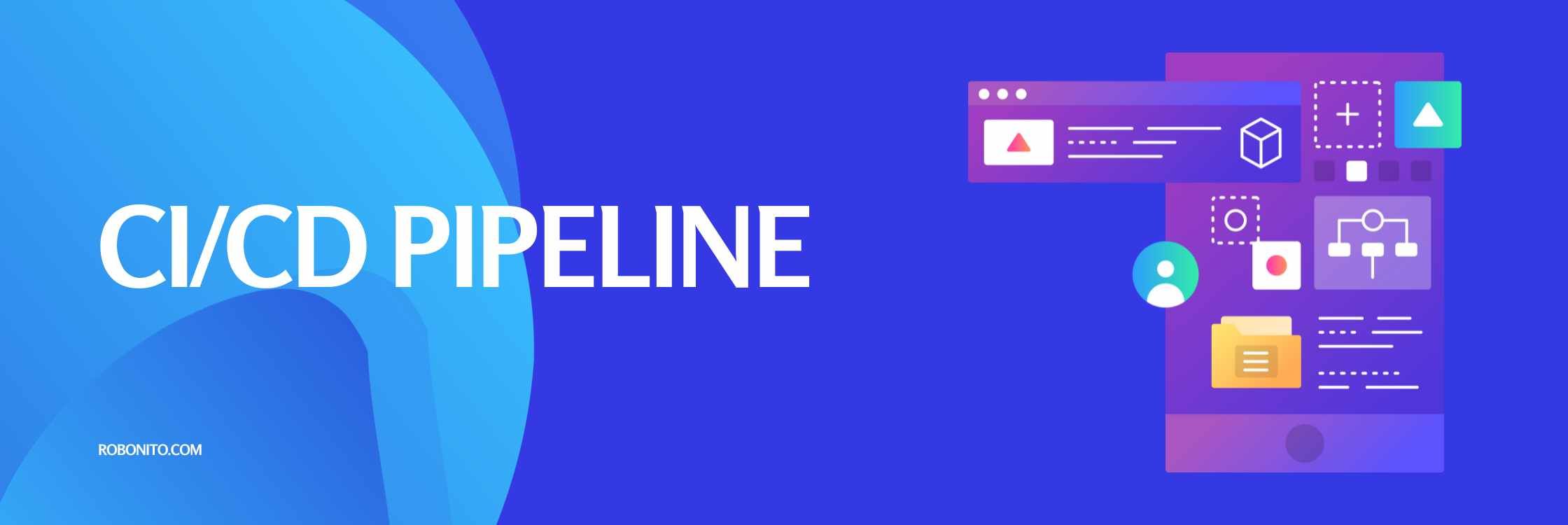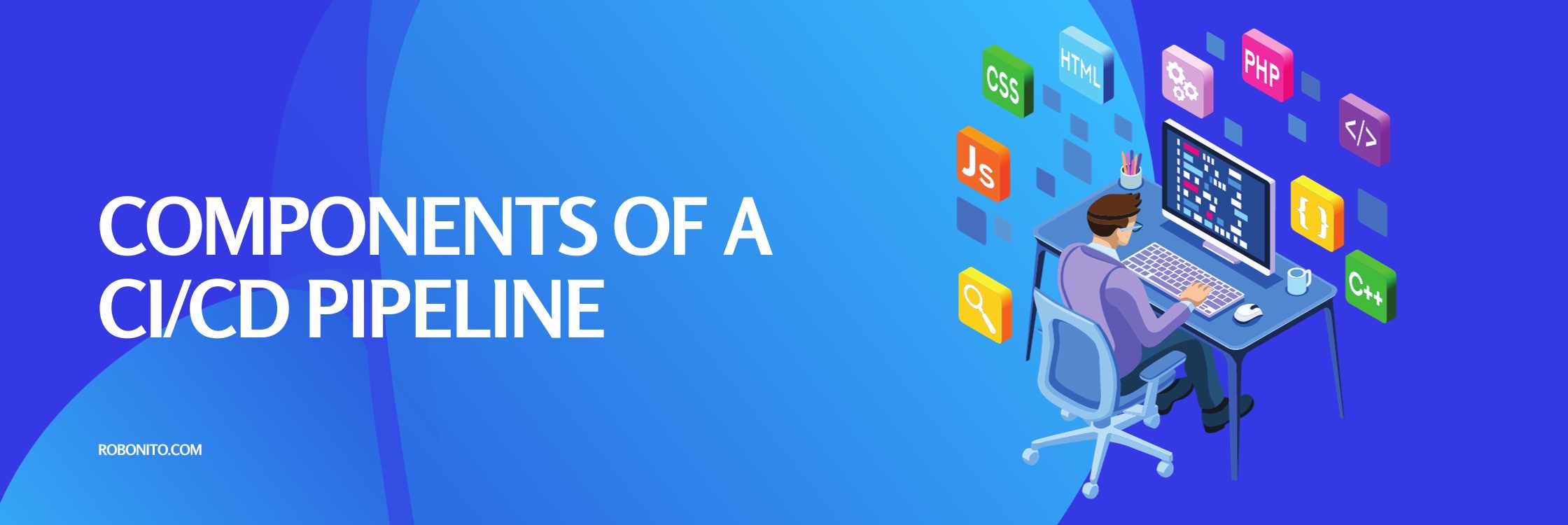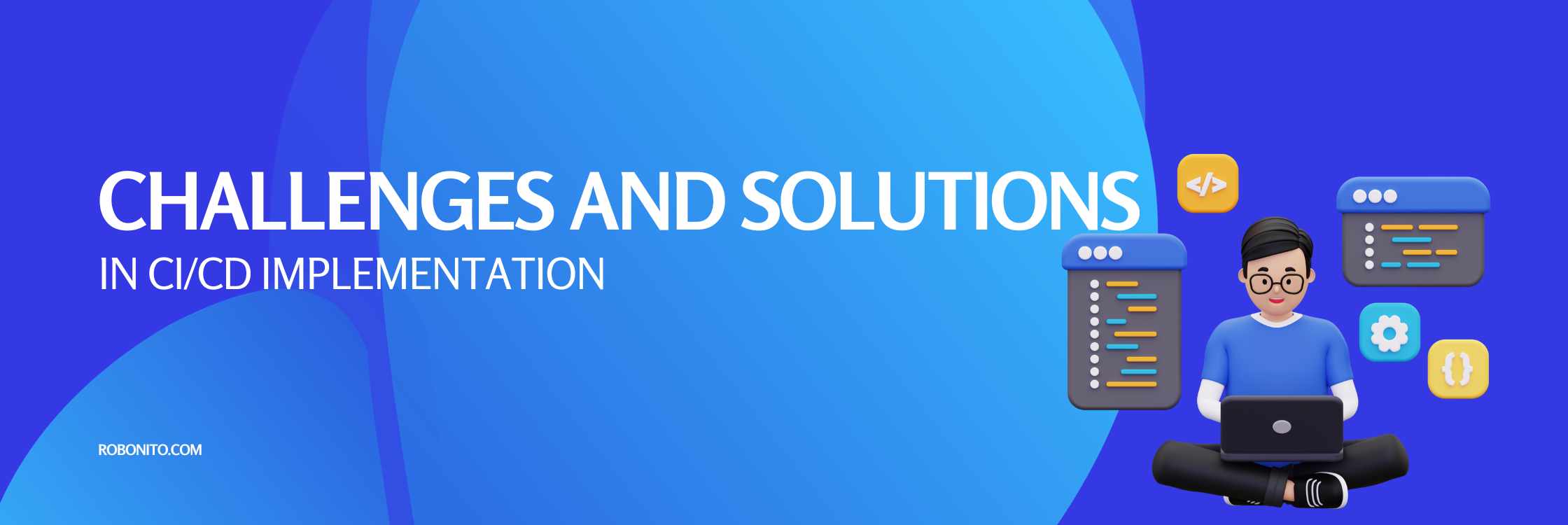the demand for efficient and error-free software deployment is more critical than ever. Continuous Integration and Continuous Deployment (CI/CD) pipelines have emerged as essential methodologies in software development. This article aims to delve into the intricacies of CI/CD pipelines, their significance, components, benefits, best practices, implementation tools, and successful case studies.
Understanding CI/CD Pipeline

Defining CI/CD
CI/CD is a software development practice that enables developers to continuously integrate code into a shared repository, perform automated tests, and subsequently deploy it to production environments. It's a seamless process that automates the building, testing, and deployment of applications.
Evolution and Significance

The evolution of CI/CD has transformed the software development landscape by enhancing collaboration among developers, reducing errors, and accelerating the delivery of high-quality software products.
Importance of CI/CD

Speed and Efficiency
CI/CD pipelines streamline the development process, allowing for frequent and faster delivery of code changes, thereby enhancing the speed and efficiency of software development cycles.
Quality Assurance
By automating tests at each stage of development, CI/CD pipelines ensure that changes are thoroughly checked, reducing the probability of bugs and enhancing overall software quality.
Risk Mitigation
CI/CD minimizes risks associated with manual errors during deployment by automating the process, making it less prone to human mistakes and ensuring consistent, reliable deployments.
Components of a CI/CD Pipeline

Version Control Systems
Tools like Git, SVN, or Mercurial enable developers to track changes, collaborate effectively, and manage multiple versions of their codebase.
Automated Testing
Automated tests, including unit tests, integration tests, and end-to-end tests, play a crucial role in CI/CD pipelines, ensuring the code's functionality, reliability, and performance.
Continuous Integration
CI tools like Jenkins, GitLab CI/CD, or CircleCI automatically merge code changes from multiple developers into a shared repository, allowing continuous integration of new code.
Continuous Deployment
CD tools, such as Ansible, Chef, or Kubernetes, automate the deployment process, ensuring smooth and consistent deployment of changes to production environments.
Benefits of a Well-Built CI/CD Pipeline
Accelerated Delivery
CI/CD pipelines enable rapid and frequent code releases, facilitating quicker time-to-market for new features and updates.
Enhanced Collaboration
By promoting frequent communication and integration among development teams, CI/CD pipelines foster collaboration, resulting in smoother and more efficient development workflows.
Reduced Error Rates
Automated testing and deployment significantly decrease the likelihood of errors, enhancing the stability and reliability of software applications.
Rapid Feedback
CI/CD pipelines provide rapid feedback on code changes, allowing developers to address issues promptly, iterate quickly, and maintain a high standard of code quality.
Best Practices for Creating a CI/CD Pipeline
Modularization
Breaking down applications into smaller, manageable modules facilitates easier integration and testing within the CI/CD pipeline.
Automated Deployment
Automating the deployment process eliminates manual errors and ensures consistent, reliable deployment to different environments.
Monitoring and Logging
Implementing robust monitoring and logging mechanisms helps track system behavior and troubleshoot issues effectively during the development process.
Security Integration
Integrating security measures into every stage of the CI/CD pipeline is crucial to safeguard sensitive data and prevent potential vulnerabilities.
Tools for Implementing CI/CD
Jenkins
Jenkins is an open-source automation server that supports building, deploying, and automating any project.
GitLab CI/CD
GitLab CI/CD is a part of GitLab, providing an integrated CI/CD solution for automating the software development lifecycle.
CircleCI
CircleCI is a cloud-based CI/CD platform that automates the build, test, and deployment processes.
Travis CI
Travis CI is a popular CI/CD service used for testing and deploying software projects hosted on GitHub.
Steps to Build an Effective CI/CD Pipeline
Assessing Requirements
Evaluate the specific needs and goals of your project to determine the most suitable CI/CD pipeline approach.
Selecting Suitable Tools
Based on project requirements, select the appropriate CI/CD tools that align with the project's technology stack and team's expertise.
Setting Up Continuous Integration
Configure CI tools to automate code integration, perform tests, and provide feedback on code quality.
Establishing Continuous Deployment
Implement CD tools to automate deployment processes, ensuring a seamless transition of code changes to production environments.
Challenges and Solutions in CI/CD Implementation

Integration Complexity
Complex integration between different tools and systems can pose a challenge. Employing well-defined integration strategies and modular architectures can alleviate these complexities.
Security Concerns
Security vulnerabilities may arise during automated deployment. Employing robust security measures and regular security audits can mitigate these risks.
Cultural Adaptation
Resistance to change and lack of collaboration among team members might hinder CI/CD adoption. Encouraging a culture of collaboration, transparency, and continuous improvement can address this challenge.
Case Studies Illustrating Successful CI/CD Pipelines
Netflix
Netflix leverages CI/CD pipelines to ensure seamless updates and releases of its streaming service, enabling frequent feature updates without service disruptions.
Spotify
Spotify uses CI/CD pipelines to maintain its agile development processes, allowing for quick iterations and updates to its music streaming platform.
Amazon
Amazon utilizes CI/CD practices to support its vast infrastructure, enabling the deployment of new features and improvements across its various services and products.
Conclusion
CI/CD pipelines revolutionize software development by optimizing efficiency, ensuring quality, and accelerating the delivery of software products. Understanding the components, benefits, and best practices associated with CI/CD pipelines is crucial for successful implementation in modern software development workflows.
FAQs:
-
Why is a CI/CD pipeline important in software development? A CI/CD pipeline accelerates software development, enhances collaboration, and ensures the delivery of high-quality code with minimal errors.
-
What are the key components of a CI/CD pipeline? The key components include version control systems, automated testing, continuous integration, and continuous deployment tools.
-
Which tools are commonly used for implementing CI/CD? Popular CI/CD tools include Jenkins, GitLab CI/CD, CircleCI, and Travis CI, among others.
-
What challenges are faced during CI/CD implementation, and how can they be overcome? Challenges include integration complexity, security concerns, and cultural adaptation. Employing modular architectures, robust security measures, and fostering a collaborative culture can address these challenges.
-
Can you explain the significance of CI/CD through real-world case studies? Companies like Netflix, Spotify, and Amazon showcase how CI/CD pipelines enable rapid development, frequent updates, and robust deployment strategies for their services.
